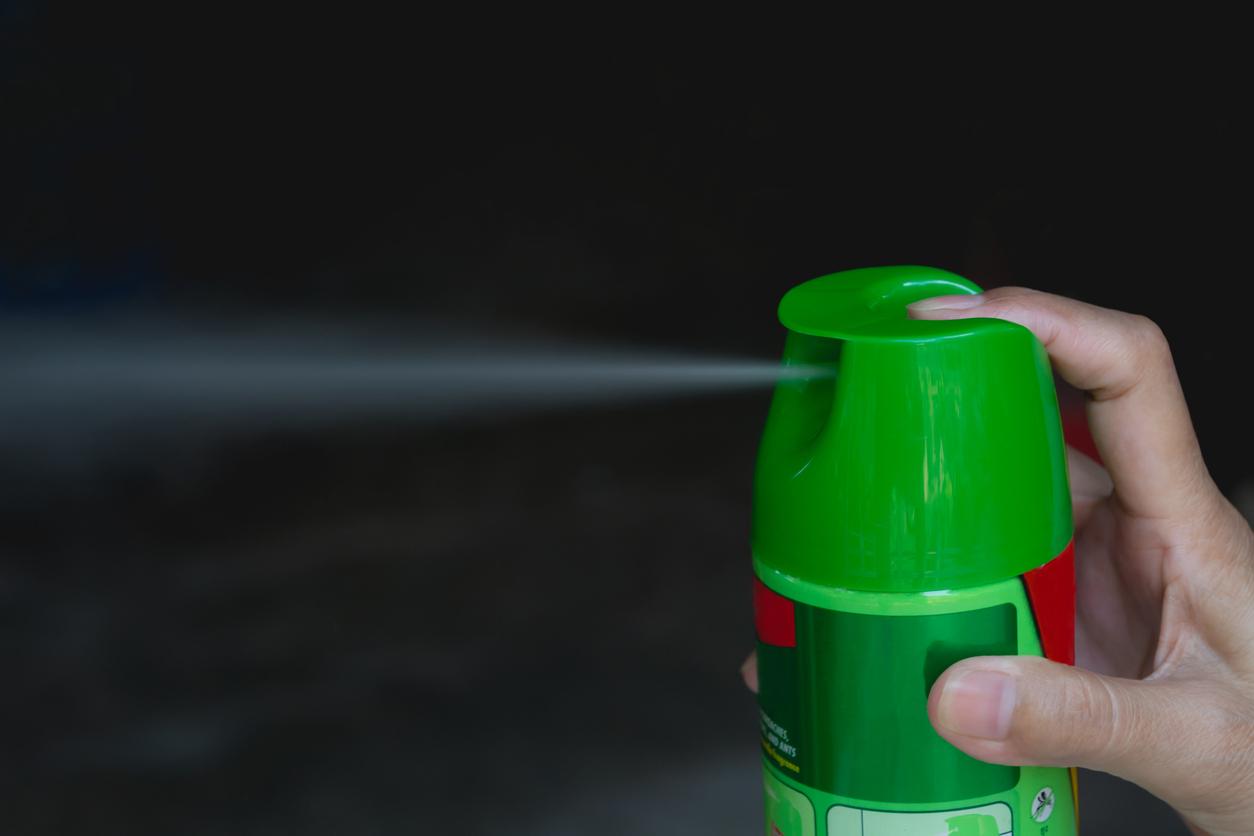
You breathe them in and eat them
Good question! In this section, Health Net is looking for answers to nagging questions. This time: are microplastics harmful to you?
Microplastics, you breathe them in and eat them. And unfortunately, you can’t escape them, because they are everywhere these days. For example, nearly nine out of ten cosmetic products contain microplastics.
Read also: microplastics in sunscreen; how do you recognize them?
What are microplastics?
Microplastics – also called plastic particles – are pieces of plastic that vary in size between half a centimeter and particles that are not visible to the naked eye. They are deliberately added to cosmetic products. Manufacturers use microplastics, such as shampoo, toothpaste, make-up and sunscreen, to make their products more beautiful and more spreadable, for example. Microplastics are released into nature by washing clothes, for example, or via waste and have since been found from deep in the sea to high in the mountains.
Which products contain microplastics?
- Cosmetics, such as (liquid) make-up, eyeshadow, lipstick
- Care products, such as shower gel, deodorant, face cream, hand soap, shampoo, toothpaste and sunscreen
- Cleaning products, such as toilet cleaner, abrasive, all-purpose cleaner, (hand) dishwashing liquid, dishwasher tablets
- Detergents, including washing powder, liquid detergent and capsules
- Garden products, such as fertilizer
- Paint and varnish
Microplastics in your blood
Recently it appeared research by the Free University in Amsterdam that microplastics are present in human blood. It had previously been shown that people can ingest microplastics through food and water and that the particles can be present in feces and even in the placenta.
Scientists are concerned about all those plastic particles in our bodies and are therefore doing a lot of research into them. In the video below from the University of the Netherlands, immunologist Nienke Vrisekoop (UMC Utrecht) will update you on the most recent knowledge and studies about these tiny plastics. To finally get an answer to that one question: how harmful are those microplastics really?















